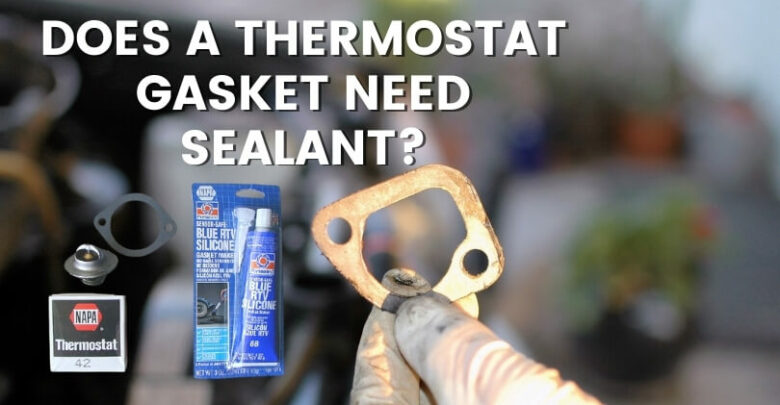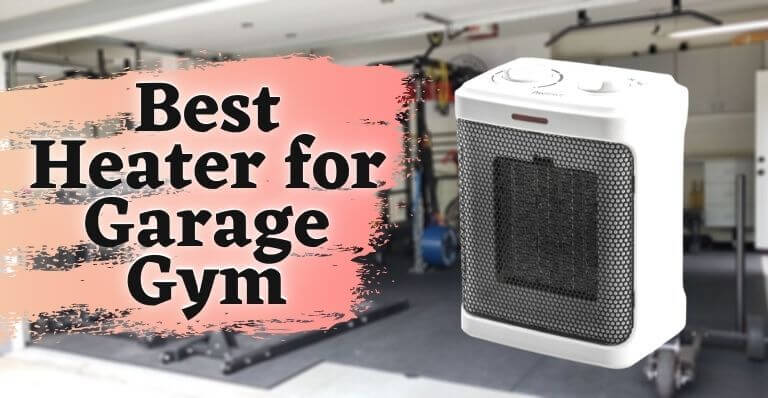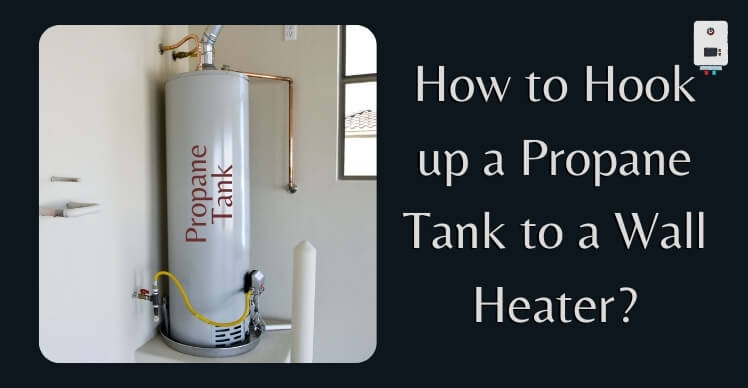Does a Thermostat Gasket Need Sealant? Know All About Housing Gasket

A thermostat housing is generally located on the engine block or cylinder head. It acts as a coolant outlet in many internal combustion engines. However, there are certain times when you can observe a leakage in your thermostat housing. It can be indicated by high readings on the temperature gauge, rapid changes in temperatures, and coolant leakage. This issue can be solved by simply using a gasket. Does a thermostat gasket need a sealant? We will provide you the answer in a while. Let us first get to know the functionality of the gasket in a thermostat housing.
The gasket works as a sealant to ensure that the coolant flows properly in its path and no leakage is observed. It is a working seal between the thermostat housing and the engine. Modern thermostats generally come with a gasket but you might need to confirm it or use one when replacing it or setting up a new one.
Wondering how to install a thermostat gasket? It is a really simple process. All you have to do is place the adhesive side of the gasket over the thermostat such that it lines up with the bolt holes. Now, you need to press it firmly to insert and tighten the bolts. Let us now move on to knowing more about thermostat housing gasket sealant.
Does a Thermostat Gasket Need Sealant?
Gaskets are said to be self-bonding such that no extra sealant needs to be used. However, some prefer to use a sealer on both sides of the gasket to make the bond even stronger. Choosing a sealer with a gasket is a personal choice. If your car requires extra sealant to make the gasket stay in its place you would have to use it. The ideal way of using a sealant is using a tiny amount skimmed on both sides to ensure that all the cracks are filled. This is only if the seal made by the gasket is not strong enough and requires an additional layer to make seal the housing properly.
Nevertheless, these sealants must be used in moderation or they might damage the engine in the longer run. If there is a surplus of sealant, it can result in decay and peeling off, and then it can accumulate in the machinery, which will eventually affect the functioning of the engine.
Frequently Asked Questions (FAQs)
1. Do You Put a Gasket Sealer on Both Sides?
A gasket is enough to seal the thermostat housing. However, if you need to seal the cracks between the machinery a thin layer of sealer can be used on both sides.
2. How Long Does The Gasket Sealer Take To Dry?
The sealer takes about 2 hours to cure and you need to wait for up to 24 hours to be able to add any fluid into the engine. RTV sealers typically require at least 2 hours to be cured.
3. Do Paper Gaskets Need Sealant?
No, you don’t need sealant with paper gaskets. Proper torqueing and a flat surface make it irrelevant for you to use a sealer.
4. Should I Put Silicone on a Gasket?
A silicone sealant doesn’t add to the purpose of holding the gasket in place with the housing. It is advised not to use any silicone sealant unless necessary to fill the cracks.
Final Thoughts
Does a thermostat gasket need sealant? No, you must not use sealant unless required. Gaskets are self-adhesive and should fulfill your purpose of filling up cracks in your machinery. However, some mechanics use a sealer to immune the system from any leakage. If you have to use a sealant, remember to use just a tiny bit to layer the gasket.




